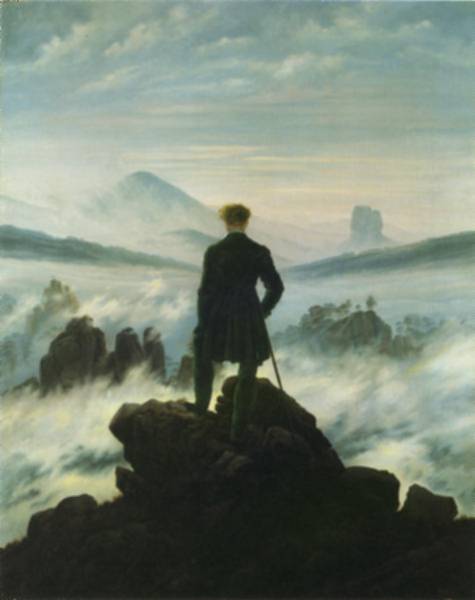LYRICAL BALLADS
Lyrical Ballads by Samuel Taylor Coleridge and William Wordsworth are considered to have marked the beginning of the English  Romantic movement in literature. Preface to Lyrical Ballads was written by Wordsworth and it overthrew the Neoclassical (Enlightenment) conventions.
Romantic movement in literature. Preface to Lyrical Ballads was written by Wordsworth and it overthrew the Neoclassical (Enlightenment) conventions.
The first edition of Lyrical Ballads (1798) contained just an ”Advertisement” in which Wordsworth explained Lyrical Ballads as a poetry experiment with language of lower and middle social class. The ”Advertisement” was developed to Preface, which was a poetic revolutionary manifesto about the nature of poetry. In it, Woedsworth rejects the principles of Neoclassicism: the hierarchy of genres and usage of decorum – a special style and language for special genre. Wordsworth stood against „poetic diction“(the elevated language) and introduced the language „really used by men“(everyday language), and he considered that a poet should be ”the man speaking the men’’ (a poet for common people). He was against strict poetic form and talking about royalty and aristocracy. Instead, he chose to describe situations and incidents from common life, and include common people, or even outcasts, peasants, criminals, and children as characters. He considered that ”all good poetry is the spontaneous overflow of powerful feelings”, that is: it is spontaneous in the act of creation, free of boundaries of strict form, genre and language. Wordsworth considered that the role of literature should be to keep human beings emotionally alive and morally sensitive in the modern era of technological and increasingly urban society and mass media.
THE BYRONIC HERO
As the name says, the Byronic hero is based on the personality of Romantic poet George Gordon Lord Byron and his semi-autobiographical work Childe Harold’s Pilgrimage. The Byronic hero possesses desirable Romantic traits – individuality, independence and disregard for laws, rules and society. He’s an idealized, but flawed character. He’s an alien, mysterious and gloomy spirit, inevitably doomed. He’s superior in his passion and power, but often has a torturing memory or secret of an enormous guilt. The Romantic hero is absolutely self reliant in his isolation, cunning and able to adapt, cynical, emotionally conflicted, intelligent and perceptive, jaded, world-weary, magnetic, charismatic, seductive and sexually attractive, self-destructive, sophisticated and educated, treated as an exile, outcast or outlaw. Some examples of Byronic hero are Byron’s Manfred, Polidori’s Lord Ruthven in The Vampyre, Pushkin’s Eugene Oniegin and Liermontov’s Pechorin in Hero of Our Time.
